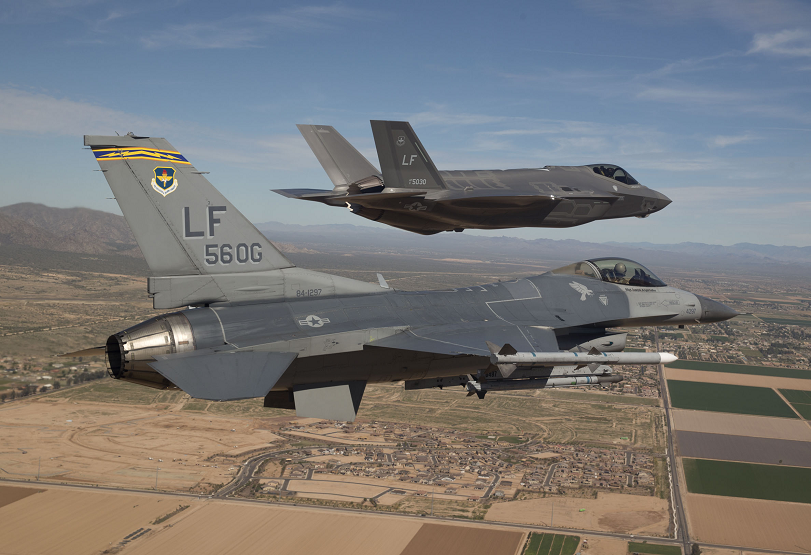This post is also available in:
 עברית (Hebrew)
עברית (Hebrew)
The F-35 program is one of the more expensive weapon development programs in history, with the program costs, up to the year 2070, reaching over $1.5 trillion dollars. Just one F-35 will set you back over $89 million. Despite (or due to) the hefty price tag, the F-35 is considered the most advanced multi-role stealth fighter, with a plethora of stealth related components.
However, recently a German radar manufacturer has claimed that they have been able to track two F-35s for over 150 kilometers after the 2018 Berlin Air Show.
The passive radar system, dubbed TwInvis and developed by Hensoldt, promises to find undetectable activities in a given airspace and since the radar is passive, no pilots entering a monitored airspace would know if they are being tracked.
The system works by monitoring the radio signals that bounce off the jet, therefore making it possible for the radar to detect aircraft that have been designed to slip past radar.
However the system has its limitations. The system depends on the existence of radio signals, so the system may come off as useless in isolated parts of the world.
The technology is also not accurate enough to guide missiles, however C4isrnet.com reports that the system could be used to fire an infrared homing weapon close enough to the target.
In the case of tracking down the F-35s, Lockheed Martin representatives claim that the passive radar only managed to detect the jets since the jets had reflectors mounted onto them. These reflectors are little knobs on the jets wings that are used to make the aircraft visible to local air traffic authorities. The reflectors are often used in “friendly” flights, such as demonstrations.
Although Hensoldt claim that the passive-radar detection works regardless of reflectors. The company claims that radar tracks the entire shape of the plane and is not necessarily triggered by small mounted reflects on the edge of the plane.


























